Today we’ll be tearing down the Netgear ProSecure Unified Treat Management UTM10; a device that inspects network traffic entering your network.
A few screws later and we’re in. We can see on the left is a small power supply, below that is a small board that has a USB connector. We’ve got 2 chips with heatsinks, one which looks like a piece of stone. There is also an Apacer 2GB CF card which I’m guessing is where either the firmware might live or where logs, etc will be kept.
1. Cavium Octeon Plus MIPS64 Embedded Processor
I’ve never heard of this chip or company before but then again I haven’t been around for long. It appears to be a single core MIPS CPU, website.
CN5010-500BG564-SCP G
2. Broadcom Gigabit Controller
From the Broadcom website, this is the chip that controls the network interfaces. I found that the stone looking heatsink was actually a ceramic heatsink thanks to the guys at the EEVblog forum.
BCM53115SKFBG
3. Kingston 32Mbit 512Mbit RAM
There appears to be 4x of these chips on the front and 4x on the back of the PCB which gives 4Gbit of RAM which is quite a bit, PDF.
K4T51163QG-HCE6
4. Spansion 64Mbit Flash Memory
Just a 64Mbit flash memory, PDF.
S29GL064N90TF101
5. Maxim RTC
A maxim RTC with the 32.768Khz crystal close by, website. Arduino users would most likely know the DS1307 variant.
DS1337
6. Analog Devices RS232 Chip
A RS232 chip, website.
ADM3202
7. Matsuki N Channel Mosfet
I thought these were a bit strange as there were so many of them. It looked like an actual chip but turns out it’s just a mosfet, website.
ME4416
And that concludes this teardown which had a variety of parts and a weird heatsink ;). With devices like this UTM taking 256Mbit RAM and a 2GB CF card, I wonder how much RAM / storage devices of the future might take, maybe 1GB RAM in 3-4 years who knows…
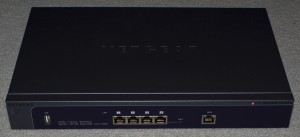
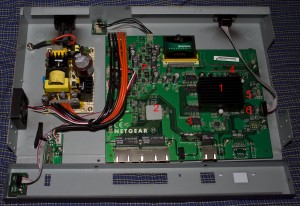
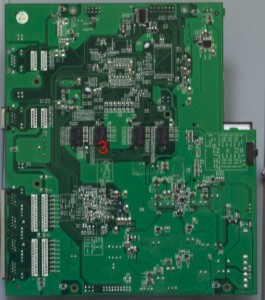
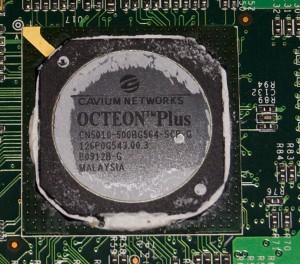
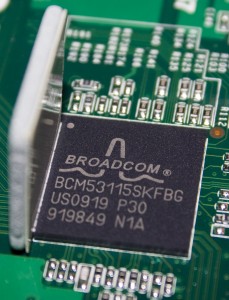
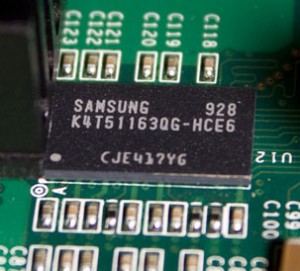
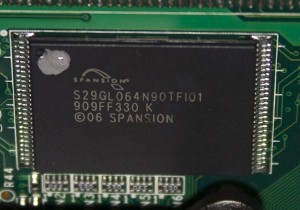
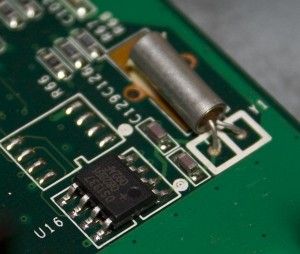
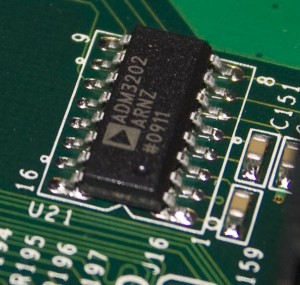
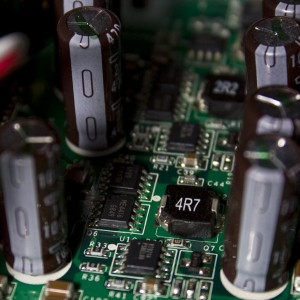





Hello,
Cavium Octeon processors are network processors with accelerated hardware functions. They can be programmed without OS using the cavium SDK and are used for hight rate packet treatment. Higher models have nice hardware modules like regex, cypher, queuing … and multiple mips cores (up to 16 in the models I use) In the past years they were the market leader in packet processing (now there’s more competitors (freescale, RMI …).
Also the broadcom chip is more than just network controller. It’s a Gb switch with 5 ports (with VLAN, QoS functions) and integrated PHYs (low level layers)
To conclude a quote from Make “If you can’t open it, you don’t own it”
Thanks for your teardowns 😉
Hi JJL, thank you for the additional information on those chips 🙂